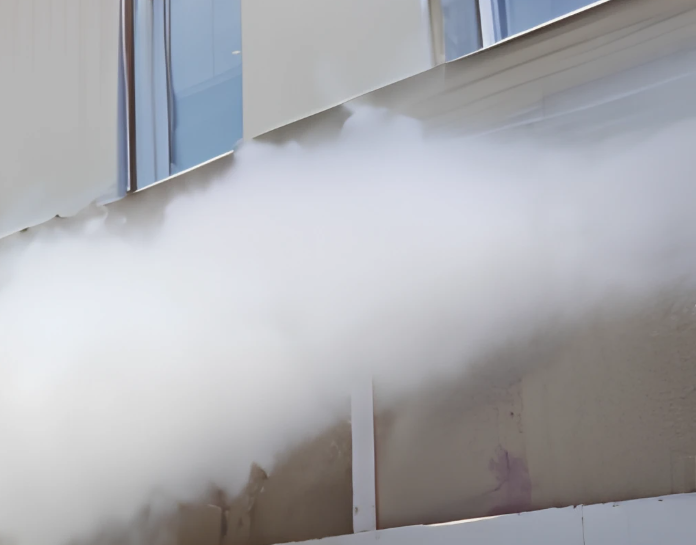Air Modelling
by Shoeb
(Dhaka, Bangladesh)
Q: I need help with air modelling. I want to model air pollution at a point surrounded by several stacks. What will I do and how? Please help.....
Barry's Response - Shoeb:
You can download a model called ISC3 or ISC3prime from https://www.epa.gov/scram/air-quality-dispersion-modeling-alternative-models. There's a simplified version called SCREEN3.
Although SCREEN3 is old and no longer recognized for official purposes, I still like it for quick assessments when helping plant engineers in early design stages. It's great for students, new users, and people who don't have a lot of expensive data. It's fun and you'll learn the basics.
SCREEN3 estimates air pollution concentrations downwind of a point source like a chimney. Including new or modified sources that need permits, it helps evaluate air quality impacts.
A Gaussian dispersion model is used in SCREEN3 to estimate air pollution concentrations at receptors downwind of the source. Weather conditions, source characteristics, and topography all go into predicting pollutants' dispersion in the atmosphere. It's convenient because it uses theoretical weather data instead of hourly weather data.
SCREEN3 is usually used in the early stages of an air quality assessment to estimate potential impacts. If you need a more detailed analysis, you can use AERMOD.
SCREEN3 is free, and the EPA provides technical support. Users can also input data and interpret results using software tools and resources.
Downwash happens when a building causes a localized increase in pollutant concentrations on its downwind side. It happens when air is forced over a building, creating a low pressure area behind it. Learn how to include the results of the BPIP and BPIPprm programs from this same site if there are buildings near your stack.

Put your stacks and points of interest (receptors) where they belong. A meteorological data set is needed for higher-level models like AERMOD and CALPUFF. It should be for the stack area.
Dispersion Modeling for Regulatory Purposes - AERMOD and CALPUFF estimate air pollution from industrial facilities, power plants, and transportation. Several factors can affect the cost and time for having a project like this completed, including the complexity of the input data and the size of the study area. Some general observations:
- AERMOD is generally faster and cheaper than CALPUFF because it uses a simpler modeling approach. Aermod is a Gaussian dispersion model based on emissions rates, stack heights, and weather. CALPUFF usually takes less time to set up and run.
- In contrast, CALPUFF is a Lagrangian dispersion model that can handle more complex terrain and meteorological conditions, so it's better for studies with large study areas or complicated terrain. Due to its complexity, CALPUFF takes longer to set up and run than AERMOD.
- Both models require expertise to set up and run, and the input data has to be accurate and current. Depending on how complex the study area is, costs can also vary.
While AERMOD is generally faster and cheaper than CALPUFF, the choice depends on your specific study needs and study area complexity. You can download one from my region's government if you need an example. See https://www.stuffintheair.com/air-quality-dispersion-models.html and select one. The standard in most jurisdictions since 2010 or so has become AERMOD and/or CALPUFF, for considerably more sophisticated air modelling.
Have fun with this.
Professional Air Quality Dispersion Modelling - In the event that you require these results, but the air modelling becomes too complex for you to undertake, please email info@calvinconsulting.ca for further assistance.
Search this site for more information now.
Comments for Air Modelling
|
||
|
||
|
||
|
||
|
||
|
||
|
||
|
Click here to add your own comments Join in and write your own page! It's easy to do. How? Simply click here to return to Hi-Tech Idea. |
Do you have concerns about air pollution in your area??
Perhaps modelling air pollution will provide the answers to your question.
That is what I do on a full-time basis. Find out if it is necessary for your project.
Have your Say...
on the StuffintheAir facebook page
Other topics listed in these guides:
The Stuff-in-the-Air Site Map
And,
Thank you to my research and writing assistants, ChatGPT and WordTune, as well as Wombo and others for the images.
OpenAI's large-scale language generation model (and others provided by Google and Meta), helped generate this text. As soon as draft language is generated, the author reviews, edits, and revises it to their own liking and is responsible for the content.




